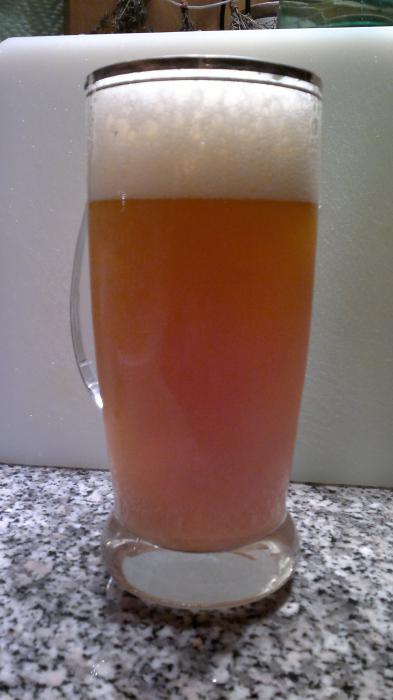BrewByBerg
Well-Known Member
- Joined
- May 7, 2013
- Messages
- 134
- Reaction score
- 0
Hey guys,
I'm looking to brew a classic german hefe with nice banana clove flavors. With a nice citrus note as well. It would be an extract recipe with specialty grains. Does anyone have any suggestions on how to hop this beer? And should I dry hop this beer? I plan on using wlp300 German ale yeast.
Thanks for the help!
I'm looking to brew a classic german hefe with nice banana clove flavors. With a nice citrus note as well. It would be an extract recipe with specialty grains. Does anyone have any suggestions on how to hop this beer? And should I dry hop this beer? I plan on using wlp300 German ale yeast.
Thanks for the help!














![Craft A Brew - Safale BE-256 Yeast - Fermentis - Belgian Ale Dry Yeast - For Belgian & Strong Ales - Ingredients for Home Brewing - Beer Making Supplies - [3 Pack]](https://m.media-amazon.com/images/I/51bcKEwQmWL._SL500_.jpg)















































